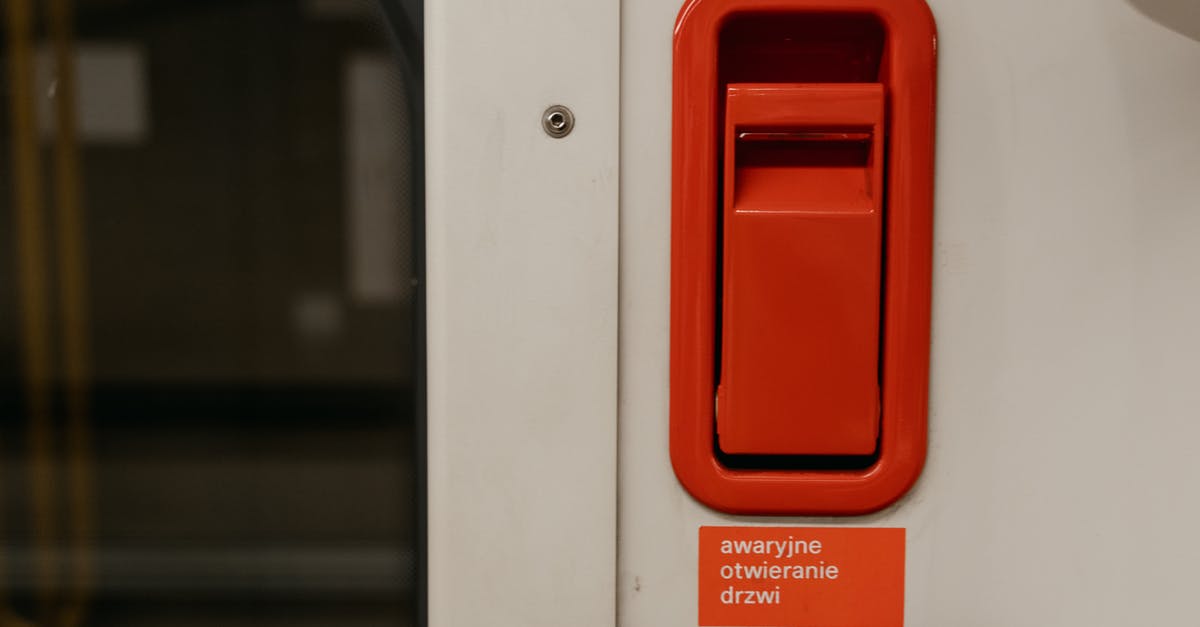vinegar pickles safety

I recently made a large batch of mixed vegetable pickles (cucumber, onion, carrot, peppers, cauliflower, garlic) with a brine of 1 cup white vinegar to 3 cups water and 1/4 cup salt. I used a clean, not sterile method, and didn't process the jars. Ten days later some of the jars are cloudy, and some of the lids are fizzing.
I've pickled a lot in the past, sometimes using a water bath to process and sometimes not. This time I skipped the step thinking the acidity would be enough to prevent nasty things like botulism.
I'm belatedly researching and learning the difference between fermented pickles and vinegar pickles. I had simply assumed the process was similar and adding vinegar would keep it safer by increasing the acidity.
My question now is, will the high acidity and high salt (works out to 1 tablespoon per cup of brine) prevent botulism from growing and keep them safe to eat (as long as they don't smell bad)?
Reading about fermented pickles, I see that cloudiness is a good sign. Can the cloudiness be lacto-fermentation, or would the vinegar disrupt that process?
Another thing that might explain the cloudiness is the iodized salt (I didn't have access to pickling salt).
I want to experiment with fermentation and would definitely do things differently next time, but for now, I'm just wondering if I can salvage anything, and what would be a clear indication that they're unsafe and I should throw out the lot.
Best Answer
The best advice anyone can give you is to please stop experimenting and use tested recipes. Particularly for acidified pickles, there are huge numbers of resources out there with tested recipes verified by scientific protocols. (That is, they tried them many times under many conditions and tested stored versions for microorganism growth to verify they are safe.)
The National Center for Home Food Preservation is one place to start for both general information and many specific tested recipes. Many states (particularly agricultural ones) have similar resources online. The Ball Blue Book Guide to Preserving and the Bernardin guidebooks are also classic resources for such information.
From your description, it sounds like you have left unprocessed, unsealed containers out at room temperature. No, this is not a safe storage method. Yes, the acid and salt will likely inhibit botulism growth, but without using a verified recipe and procedure (as mentioned above), you can't guarantee this. Large chunks of food, for example, may not acidify fast enough to prevent botulism growth, or depending on your recipe, some of the vegetables may release a lot of water when placed in brine, which could dilute the salt and acid to the point that nasty bacteria could grow. That's why there's no magic formula that will guarantee safety by telling you X amount of salt or Y amount of vinegar for all foods. Individual recipes need to be developed and tested.
Botulism is certainly not the only dangerous bacteria, though -- Listeria, for example, is a common bacteria that can grow even in mildly acidic conditions and can cause illness in improperly processed foods. Surface mold can also easily grow in situations like you describe, sometimes with serious toxic effects if eaten. With less acidity or sufficiently diluted conditions, all sorts of things could grow. That's why processing with heat is absolutely necessary for safe room temperature storage, to pasteurize and seal the foods from spoilage agents. (Food stored in the refrigerator is a bit different: without processing, acidified pickles may still be safe for several days or weeks, depending on the recipe.)
Use of a verified recipe is also essential for preservation that will include room temperature storage, as you can't guarantee sufficient acidity, salt, etc. without microbiological tests. Food scientists have worked hard to develop such recipes over the past century, since before that canned food made many people sick. If you really want to store food at room temperature, please don't trust any recipe on the internet or even from some book that doesn't come from an organization which actually does testing.
As to what happened with your current batch and what you should do with it -- first, it is possible that some lacto-fermentation went on during room temperature storage, even despite starting with an acidified recipe. Obviously with all the fizzing, some sort of fermentation has happened. Unfortunately, without microbiological testing, you have no idea what sort of stuff you may have grown or whether it is safe. Lactofermentation usually depends on a higher salt content in the initial phase to select for the right sort of bacteria, which then grow and acidify the mixture to the point that nothing bad will likely grow. However, without knowing exactly how acidic your initial mixture was (again, taking into account possible liquid released from the vegetables you added to your brine) as well as actual salt concentration, it's impossible to know whether you had a good "healthy" fermentation or whether you grew something that could make you sick. Many types of dangerous spoilage bacteria don't necessarily produce a smell or taste sufficient to warn you that they could cause illness.
The only 100% safe recommendation at this point is to throw this batch out and start again with a reputable recipe. And if you plan to store at room temperature, please process with hot water accordingly and seal properly. It's possible (given sufficient acidity and salt) that your current batch may still be edible, but no one here can guarantee that.
Pictures about "vinegar pickles safety"



Quick Answer about "vinegar pickles safety"
When your pickles are placed in enough vinegar and the jar is properly sealed, they should be safe to eat. The trouble comes when the canning process isn't performed correctly. If any of the canning steps aren't followed exactly, your new creation could become a breeding ground for harmful bacteria like botulism.Is vinegar pickling safe?
Molds growing in pickles can use the acid as food thereby raising the pH. A raised pH increases the chance that harmful organisms (such as the organism that causes botulism) can grow. The proportion of vinegar to water in this pickling brine is 1 to 4 and is too low to be safe.How do you know if homemade pickles are safe?
Check the pickles for signs of off-odors and mushiness of the pickles. If these signs are absent, the pickles are safe to eat. Sometimes the fillers (anti-caking agents) in regular table salt may cause slight cloudiness, so always use pickling salt. Hard water might also cause cloudiness.How can you tell if pickles have botulism?
the container is leaking, bulging, or swollen; the container looks damaged, cracked, or abnormal; the container spurts liquid or foam when opened; or. the food is discolored, moldy, or smells bad.Can you get food poisoning from pickles?
In 2012, a case of Enterohemorrhagic E. coli O157 food poisoning occurred which was caused by asazuke light pickles. In response to this incident, the Hygiene Standards for Pickles were revised in order to strengthen hygiene management for asazuke pickles.Vegetable Pickles Formula / Recipe without Oil
More answers regarding vinegar pickles safety
Answer 2
Usually, pickles are classified as "vinegar pickles" or "lacto-fermented" pickles. Vinegar pickles, unless canned in a hot water bath or pressure canner, are typically for short term consumption, and stored in the refrigerator. I would say less than a week. Lacto-fermented pickles go through a fermentation process that makes them edible for a much longer time. In addition, the taste of these two products is very different. For lacto-ferments, vinegar is not added. Most basically, it is just salt and vegetable (think cabbage --> sauerkraut, for example), but other ingredients, such as herbs and spices, can also be combined. For some vegetables a brine can be created first. It should be at least 2% salinity, but can be as high as 5%. Two to three percent is seen as a good place to be. There are plenty of questions about this topic on Seasoned Advice (use the search bar), and even more detail on the internets. You should do your research so that you are sure to create a safe product.
It is better to do this by weight, rather than volume. The type of salt you used would be important to know in this example, because different salts fill volumetric measures differently.
If is is table salt, 1/4 cup Morton's table salt = 76grams. 3 Cups water + 1 Cup vinegar = 946 grams. 76 * 100 / 946 = 8.03%. Of course, there is some water content in your vegetables, AND if you have used a different type of salt, it might not weigh the same. However, I would feel comfortable saying that from salinity perspective you are safe...probably too salty, but safe.
The only way to be absolutely certain of safety would be to look under a microscope. Other than that, off smells can be an indicator, mushy or slimy pickles should be avoided. Some surface mold can be removed, but brown or black mold should be avoided. Lacto-fermentation happens in the absence of air. So, be sure to keep your product submerged with a weight of some sort. Anything breaking the surface is susceptible to mold. Cloudiness is generally normal, and will often settle out. You might see a white layer at the bottom of the container.
The best advice I can give is to do some research, work cleanly, and measure with a scale.
Sources: Stack Exchange - This article follows the attribution requirements of Stack Exchange and is licensed under CC BY-SA 3.0.
Images: cottonbro, Polina Tankilevitch, Polina Tankilevitch, Polina Tankilevitch
